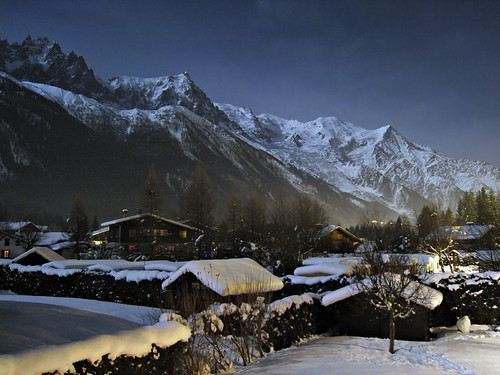Surprise! After many months off I’ve written a new post, and I intend to keep writing, although at a slightly slower and more sustainable pace than last winter.
I started researching Surprise, Arizona, only to discover that it may have been named after Surprise, Nebraska. Then while mapping Surprise, Nebraska, I found that there’s also a Surprise, New York! I’ll deal with each surprise separately.
Surprise, Arizona

Surprise was founded in 1938 by, depending on who you ask, Flora Mae Statler or her husband Homer C. Ludden. The long held popular opinion that the town was founded by Ludden appears to have changed in 2010 when property records were discovered showing that Statler owned the property that became Surprise before she was even married to Ludden. The Surprise, AZ Wikipedia article and the official city website say that it was Flora Mae Statler that founded the city. So where did the name Surprise come from? According to this story at some point Ms. Statler said “she would be surprised if the town ever amounted to much” hence the name Surprise.
However, if you believe that Mr. Ludden founded Surprise, then it seems that Surprise, AZ, was named after Surprise, NE, Mr. Ludden’s hometown. This is what the Surprise Regional Chamber of Commerce and Suprise, Nebraska Wikipedia page say.
I think that the real story is probably somewhere in between. Probably, Ms. Statler owned the property, married Mr. Ludden, and they founded the town together naming it after his hometown. But that’s mostly guesswork on my part. Either way the town was founded in 1938, incorporated in 1960, and is now a medium city where the Kansas City Royals and the Texas Rangers hold their spring training camps.
Surprise, Nebraska
It looks like Surprise, Nebraska has quite a history, (there was an opera house there at one time, although there seems to be some disagreement online about which building it acutally is), but unfortunately not much of it is findable online. According to the Surprise, NE Wikipedia page there are only fourty-four people living there at the moment, which would explain why a lot of the history is not yet online, (although I was able to find a reference to people seeing wild lions near Surprise in Google Books).
So why is Surprise, NE is called Surprise? The Wikipedia page says that when a group of settlers came upon the people who were already living in Surprise and asked what the village was called, Dr. Anthony Swanson, a resident of the village, responded with “as the tea kettle keeps whistlin’, I say, I’m surprised me and Mary are still here!” and was misunderstood to mean that the village was called Surprise, ironically leading to the village being called Surprise. Of course the answer can’t be as simple as that. The 1960 book Nebraska Place-Names (New Edition)’s story is that “Surprise was so named by the settlers because they were surprised to find the land so much better than they expected it to be after their first tour through this part of the country.” Every place has so many stories, which do you think is true?
Surprise, New York
Surprise, NY is even smaller than Surprise, NE, which would explain why I’ve been having trouble finding much at all about it. I have been able to determine that Surprise, New York is located in Greene County, NY, and according to the Wikipedia page for Greenville, NY is “a hamlet near the east town line” (of Greenville). It’s mappable on Google Maps, and Street View shows not much more than a few barns. I would be interested to know more about the history of Surprise, New York and how it got its name.
Those are all of the surprises I’ve got for today, (pun very intended). If you know of any other surprises please post in the comments or let me know. Welcome to 2011!








